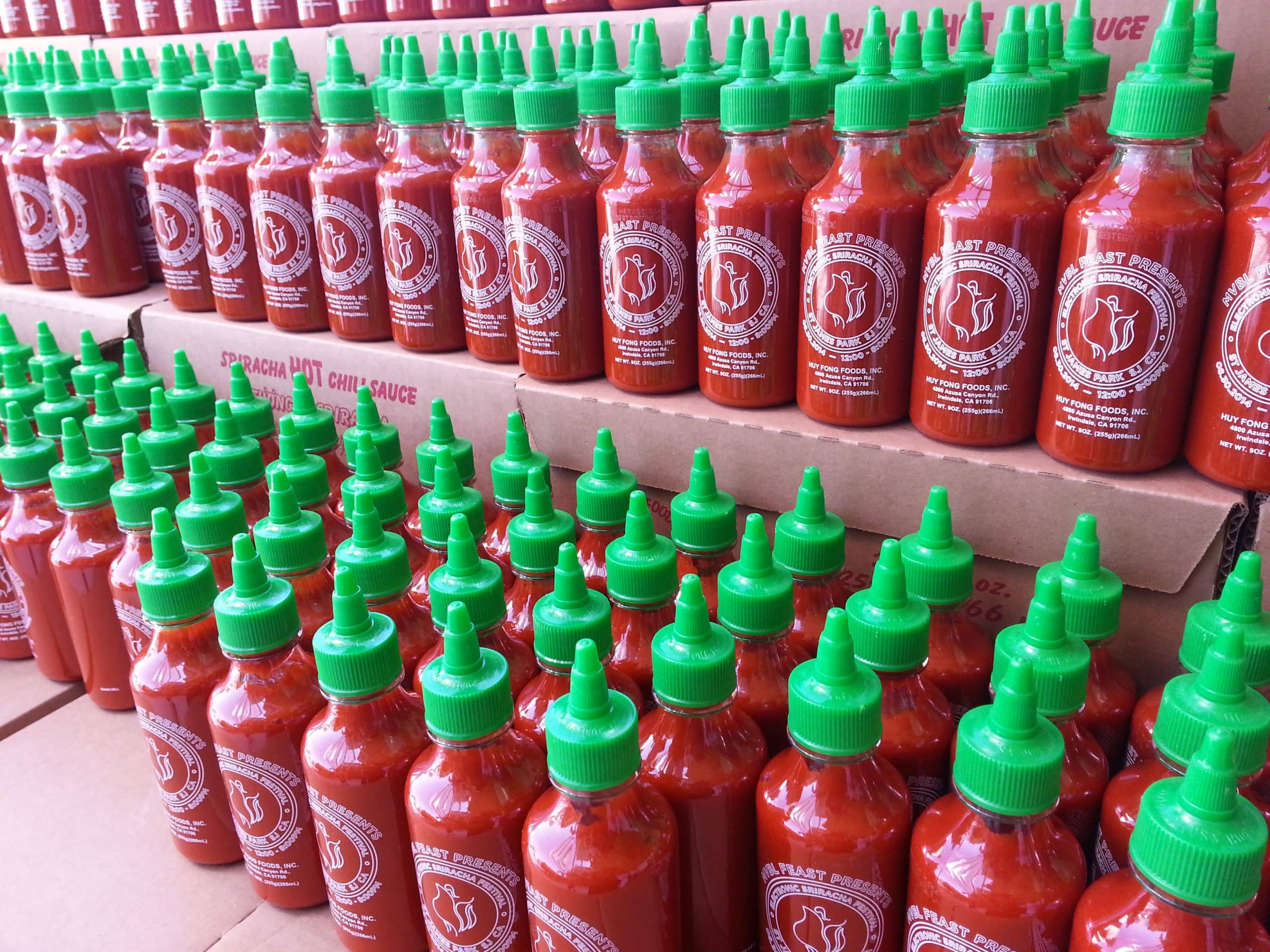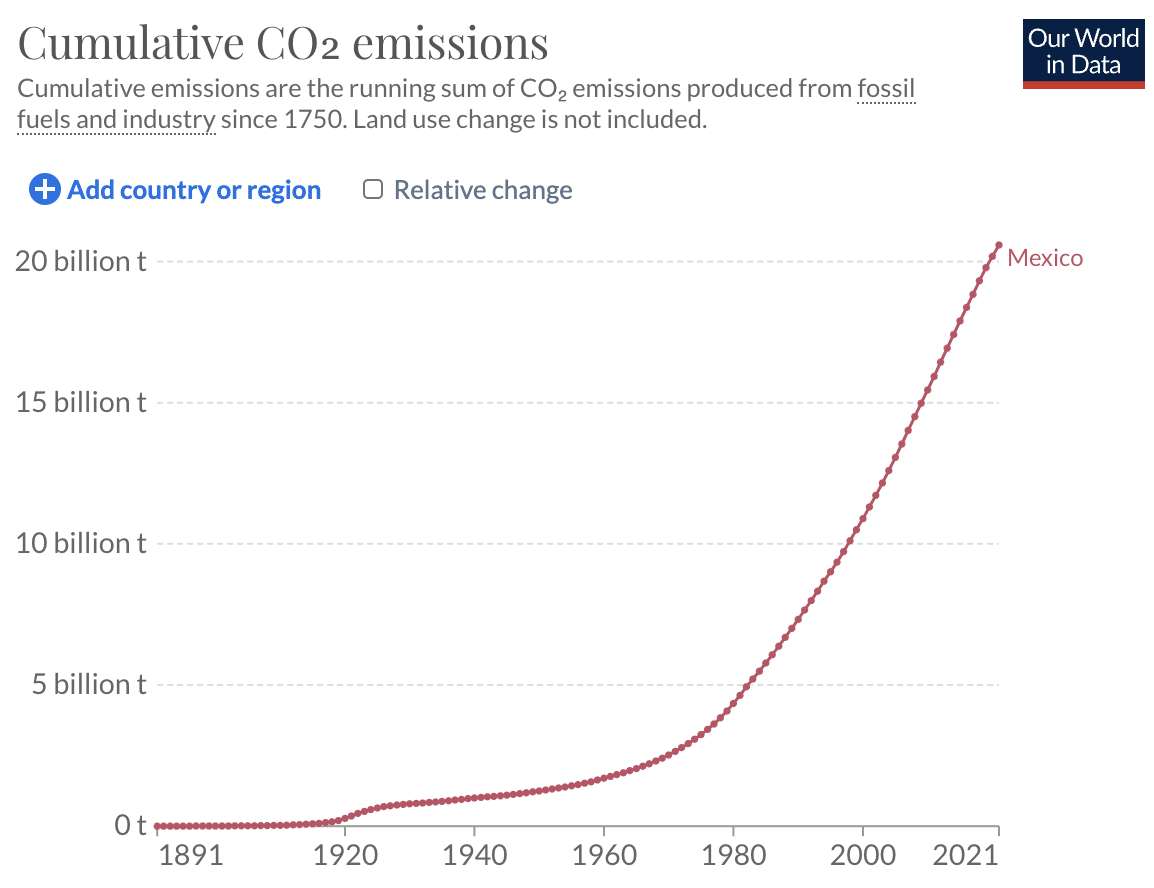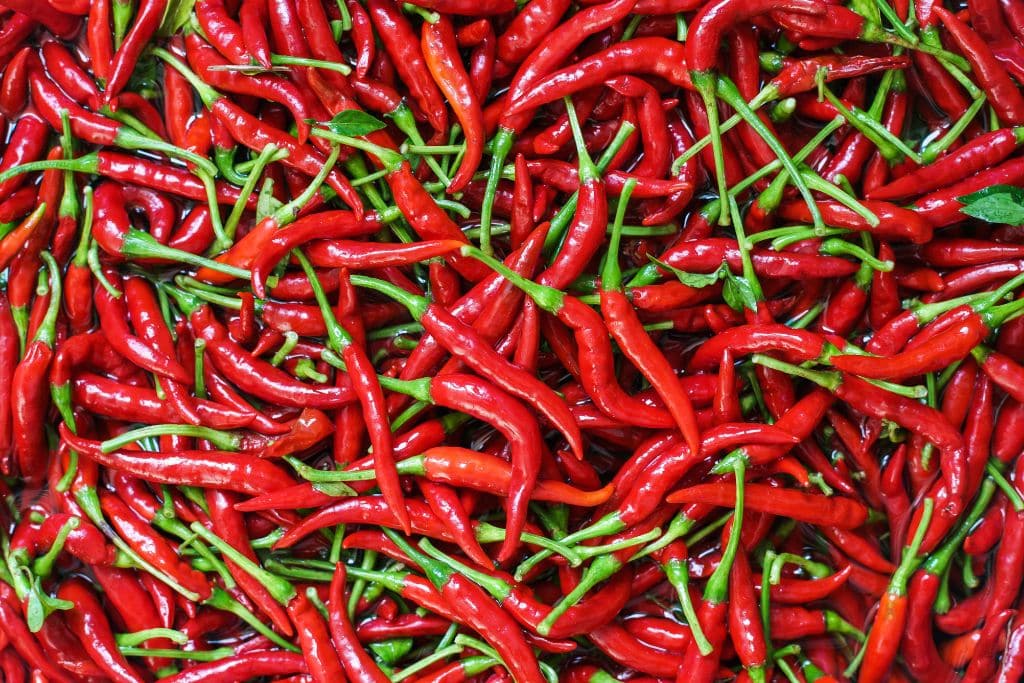Known as a staple condiment in Vietnamese cuisine, the Huy Fong Sriracha sauce has been a familiar sight on the shelves of Asian restaurants and grocery stores around the world. However, the well-known hot sauce has recently been facing a heated battle owing to a scarcity of basic ingredients, leading to a nationwide Sriracha shortage in the US. In this article, we dig deep into the root cause of the issue.
—
The Sriracha Shortage Explained
The beloved hot sauce used to be sold at US$5-10 a bottle. But now that the green-capped bottles have almost gone astray, prices for the remaining stocks have only spiked.
The Huy Fong Foods Sriracha Sauce is now going for US$23.98 on Amazon and nearly $100 on eBay. According to NBC News, the price has even reached $150 per bottle on some websites, nearly thirty times the original price.
This phenomenon may ring a bell for avid Sriracha consumers, as the nation also faced limited Sriracha supply last year. Huy Fong Foods Inc. reportedly emailed customers in early 2022, stating that it would “suspend sales” of the Sriracha hot sauce during the summer due to an unprecedented shortage of chilli peppers.
“Although some production did resume this past fall season, we continue to have a limited supply that continues to affect our production,” a Huy Fong spokesperson told CNN.

Huy Fong Foods generated over $150 million in revenue as of 2022. Photo: Wikimedia Commons.
What makes Sriracha such a cult favourite is its essential ingredient – red jalapeños. The medium-sized chilli peppers are sourced from Mexico, California, and New Mexico. According to Mexico’s Ministry of Agriculture and Rural Development, the peppers are primarily produced in very dry regions, including Sinaloa, Chihuahua, and Michoacán in Mexico.
Chilli peppers, however, require extra care in order to grow properly.
“Jalapeños are really labor intensive, requiring people to de-stem them by hand before they go for processing,” Stephanie Walker, Extension Vegetable Specialist at New Mexico State University, told The Guardian.
Unfortunately, Mexico has recently been hit with severe environmental problems that hinder the meticulous farming conditions needed to grow chilli peppers. Current record heatwaves in the country have resulted in at least 100 casualties within just two weeks in June. As temperatures soared to nearly 50C (122F) last month, droughts across the region have only gotten worse. According to the North American Drought Monitor, more than 70% of Mexico is now experiencing drought conditions. The minimal water supply leads to poor vegetation, robbing the chilli peppers of the delicate conditions they need for growth.
What’s Behind the Crisis?

Mexico’s drought has been plaguing the nation for more than three years. Image: North American Drought Monitor.
The drought is intensified by heatwaves, a direct consequence of anthropogenic climate change and reckless human actions, including deforestation and greenhouse gas emissions. According to the National Forest Monitoring System, between 2001 and 2021, a staggering annual average of 208,850 hectares (516,079 acres) of forest vegetation was lost in Mexico. In contrast, the country’s cumulative carbon dioxide emissions reached 20.59 billion tonnes in 2021, the highest value ever recorded.
With a steep decrease in forest area and a dramatic increase in carbon dioxide emissions, the country is now unsurprisingly grappling with even more serious climate-related consequences, and the situation is expected to worsen in the years to come.

Mexico’s cumulative carbon dioxide (CO2) emissions have skyrocketed in recent decades. Image: Our World in Data.
Furthermore, Mexico’s government has not made significant progress in climate mitigation in recent years and has even declined the revival of its Climate Change Fund earlier this year.
The fund was established in 2012 to create a national movement toward reducing greenhouse gas emissions and slowing down deforestation rates in the country while scaling up renewable energy.
In November 2020, the fund, described as “one of the most relevant sources” of funding for climate action, was abolished. Many environmental groups, including Group for Climate Finance in Latin America and the Caribbean and Fridays For Future Mexico, heavily criticised the decision. Ultimately, after being given a chance for reconsideration, Mexico’s Supreme Court rejected an injunction to re-establish the abolished fund.
According to Climate Action Tracker, if all countries were to follow Mexico’s environmental route, the planet would endure up to a 4C (39.2F) increase in temperature by the end of the century.
Mounting reckless human activities, coupled with government inaction, have been contributing to the country’s deterioration. A shortage in red jalapeños is just one factor in a long list of climate change consequences that Mexico is currently battling. The absence of the coveted sauce has customers questioning when the production and prices will go back to normal. However, when Sriracha shortage will be over remains hard to tell.
Huy Fong has told publications that “limited production has recently resumed” but the company has “no estimations of when supply will increase.”
You might also like: Global Food Security: Why It Matters in 2023


















